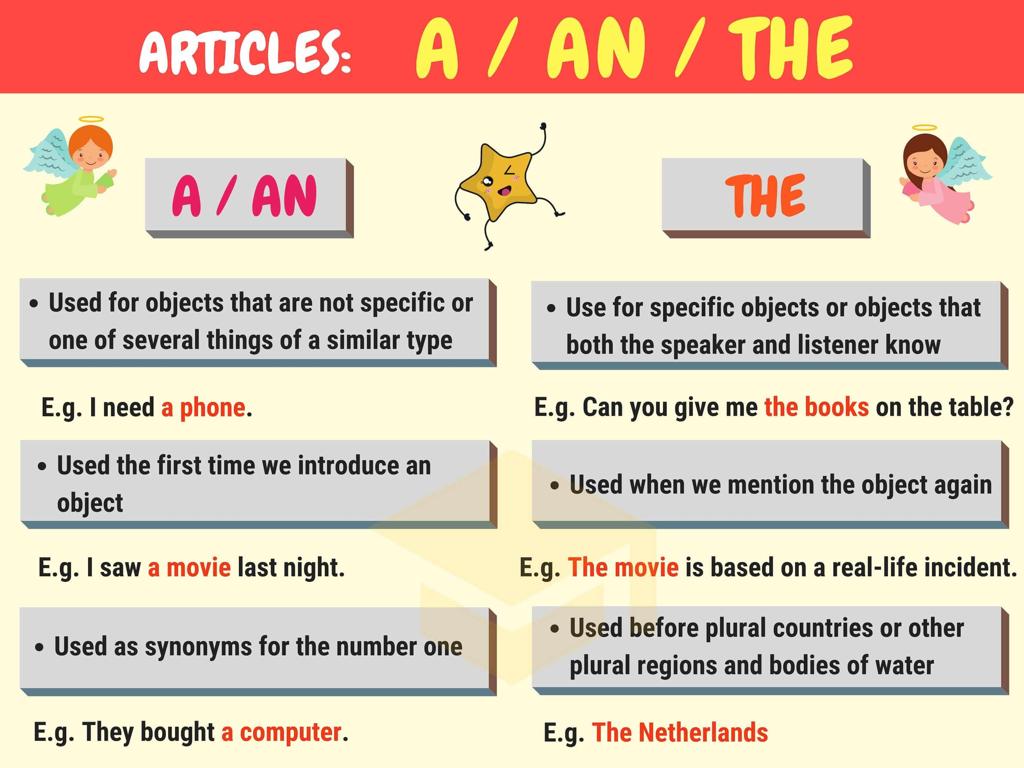Identify Mammals, Birds, Fish, Reptiles, And Amphibians
Subject: Science
Grade: Fourth grade
Topic: Classification
Please LOG IN to download the presentation. Access is available to registered users only.
View More Content
Exploring Animal Kingdom: Classification
– Learn about animal classes
– Identifying characteristics
– Mammals have fur, birds have feathers, fish have scales, reptiles have dry skin, and amphibians have moist skin.
– Importance of classification
– Helps us understand how animals are related and how they interact with each other.
– Class activity: Guess the Class!
– Use pictures to identify and classify animals into their groups.
|
This slide introduces the concept of classification in the animal kingdom, which is a fundamental aspect of biology. By understanding the different classes of animals, students can better appreciate the diversity of life and the unique characteristics that define each group. Discuss the traits that help us identify mammals, birds, fish, reptiles, and amphibians. Emphasize the significance of classification in organizing living things and in aiding scientific communication. Engage the class with an activity where they guess the class of various animals based on pictures and descriptions. This interactive approach will help solidify their understanding of the topic.
Exploring Animal Classification
– What is classification?
– It’s like sorting things into different categories.
– Grouping by characteristics
– Animals are grouped by traits like skin, habitat, & how they’re born.
– Why scientists classify animals
– To learn more about how animals live and relate to each other.
– Benefits of classification
– Helps us understand the animal kingdom’s diversity and complexity.
|
This slide introduces the concept of classification in the animal kingdom, which is a system used by scientists to organize and study animals based on shared characteristics. It’s important to explain to the students that classification makes it easier to understand the vast diversity of animal life and see the relationships between different groups. Discuss how animals are grouped by traits such as skin type (scales, fur), habitat (land, water), and reproductive methods (laying eggs, giving birth). Emphasize that classification helps us to study animals more effectively and appreciate the complexity of the natural world. Encourage students to think of examples of animals they know and how they might be classified.
Characteristics of Mammals
– Mammals have fur or hair
– Like humans, dogs, or cats
– They are warm-blooded
– Their body temperature stays constant
– Mammals feed milk to babies
– Mothers nurse their young with milk
– Can you name some mammals?
– Examples: Elephants, whales, and mice
|
This slide introduces the students to the basic characteristics that define mammals. Discuss each characteristic in detail, such as the presence of fur or hair which provides insulation. Explain that being warm-blooded means maintaining a steady body temperature, unlike cold-blooded animals whose body temperature changes with the environment. Highlight the importance of mother mammals feeding their young with milk, which is unique to this class of animals. Engage the class by asking them to name various mammals they know, and discuss how these animals fit into the characteristics mentioned. This will help students to better understand and remember the concept of mammals in the animal classification system.
Characteristics of Birds
– Birds have feathers and wings
– Feathers keep birds warm and help in flight
– Most birds can fly, but not all
– Ostriches and penguins are birds that cannot fly
– Birds lay eggs
– Eggs are laid in nests and vary in size and color
– Common birds we know
– Examples: robins, eagles, sparrows, and parrots
|
This slide aims to teach students about the unique characteristics that define birds. Feathers are not just for flight; they also provide insulation. While most birds have the ability to fly, some have evolved for different lifestyles, like the ostrich for running or penguins for swimming. Discuss the life cycle of birds, starting from the egg stage, and encourage students to think about the different types of nests and eggs they may have seen. Finally, ask students to name common birds from their own experiences, which will help them connect the concept with real life and reinforce their learning.
Characteristics of Fish
– Fish habitat and scales
– Fish live in water and are covered in scales for protection.
– Breathing with gills
– Gills allow fish to extract oxygen from water.
– Reproduction by laying eggs
– Most fish lay eggs, which hatch into baby fish.
– Examples of fish
– Goldfish, salmon, and clownfish are all examples.
|
This slide aims to introduce students to the basic characteristics that define fish within the animal kingdom. Emphasize that fish are aquatic creatures with bodies covered in scales, which serve as a protective outer layer. Explain how gills are specialized organs that enable fish to breathe underwater by extracting oxygen from the water. Discuss the reproductive process of fish, highlighting that they lay eggs in various environments. Provide examples of common fish to help students connect the concept with real-life creatures. Encourage students to think of other examples and consider a show-and-tell activity where they can share interesting facts about different fish.
Exploring Reptiles: Unique Characteristics
– Reptiles have scaly skin
– Their skin is dry and covered with scales.
– They are cold-blooded creatures
– Unlike humans, reptiles can’t regulate their body temperature internally.
– Reptiles lay eggs on land
– They don’t give birth to live young like mammals.
– Examples of reptiles
– Can you name some? Think of lizards, snakes, and turtles!
|
This slide introduces students to the characteristics that define reptiles. Emphasize that reptiles have a unique type of skin that helps them live in various environments. Discuss what being cold-blooded means and how it differs from warm-blooded animals. Explain that reptiles lay eggs on land, which is different from fish laying eggs in water. Engage the class by asking them to think of reptile examples, which can include common ones like lizards, snakes, turtles, and alligators. This will help students connect the concept with real-life examples and better understand the classification of animals.
Characteristics of Amphibians
– Amphibians start life in water
– Like frogs, which hatch as tadpoles
– They have moist, scaleless skin
– Their skin is slimy and absorbs water
– Amphibians lay eggs in water
– Eggs are laid and hatch in ponds or streams
– Identifying common amphibians
– Examples include frogs, toads, and salamanders
|
This slide aims to teach students the unique characteristics of amphibians. Emphasize that unlike other animals, amphibians have a two-stage life cycle, starting in the water and often moving to land as they grow. Their skin is special because it’s moist and helps them absorb water, unlike reptiles that have dry scales. When discussing reproduction, clarify that amphibians lay their eggs in water, which is different from birds or reptiles. Use pictures or models of common amphibians like frogs, toads, and salamanders to help students identify them. Encourage students to think about local amphibians they may have seen and share their experiences.
Classifying Animals Together
– Classify animals using pictures
– Decide the class for each animal
– Recall unique class characteristics
– Mammals have fur, birds have feathers, fish have scales, reptiles have dry skin, amphibians have moist skin
– Engage in group discussion
– Share your thoughts on why you think an animal belongs to a particular class
|
This slide is designed to be interactive, where students will apply their knowledge of animal classification in a practical exercise. Provide a variety of animal pictures and have students work in groups to classify them into mammals, birds, fish, reptiles, and amphibians. Remind them to consider key characteristics such as skin type, presence of fur or feathers, and method of reproduction. Facilitate a group discussion where students justify their classification choices. This activity will reinforce their understanding of the animal kingdom’s classification and enhance their critical thinking skills.
Class Activity: Animal Sorting Game
– Work in groups to sort animal pictures
– Classify animals into correct groups
– Mammals, birds, fish, reptiles, amphibians
– Discuss your classification choices
– Use characteristics like fur, feathers, scales
– Play, learn, and have fun together!
|
This interactive group activity is designed to help students apply their knowledge of animal classification in a fun and engaging way. Provide each group with a set of animal pictures and let them work together to sort the animals into the five classes: mammals, birds, fish, reptiles, and amphibians. Encourage them to discuss the characteristics that define each class, such as the presence of fur, feathers, or scales. After the sorting, each group will explain their reasoning, allowing them to articulate their understanding and learn from each other. Possible variations of the activity could include sorting based on habitats, diet, or other criteria related to animal classification.
Conclusion & Homework: Animal Classification
– Congrats on learning animal classes!
– Homework: Find one example per class
– Look for mammals, birds, fish, reptiles, amphibians
– Explain your choice for each class
– Think about the traits that fit each class
– Share your findings next class
|
Today’s lesson was a success, and students have learned to classify different animals into their respective classes. For homework, they are tasked to find and bring an example of a mammal, bird, fish, reptile, and amphibian. Encourage them to think about the characteristics that define each class, such as fur for mammals or gills for fish. This exercise will help reinforce their understanding of the classification system. In the next class, be prepared to facilitate a discussion where each student shares their chosen animals and explains why they belong to their respective classes. This will not only help solidify their learning but also enhance their public speaking and reasoning skills.






